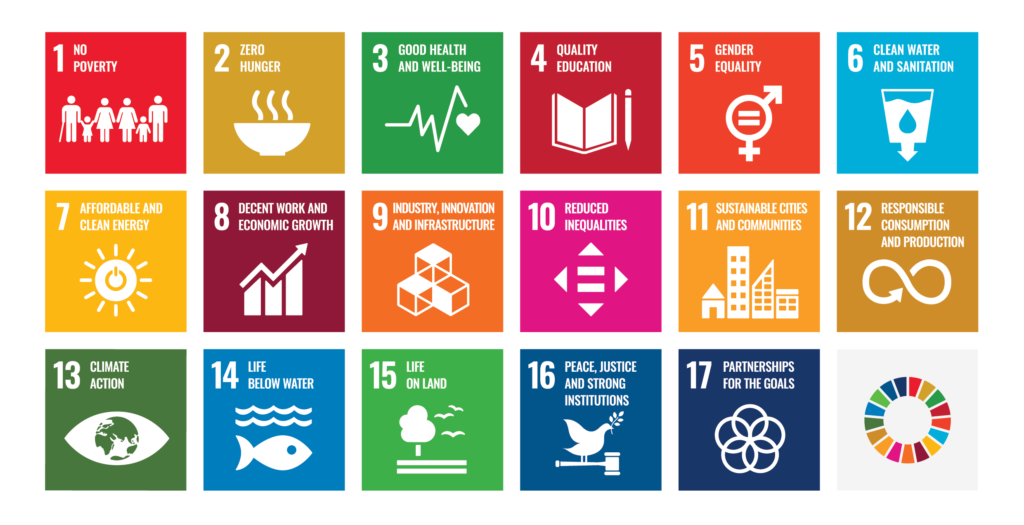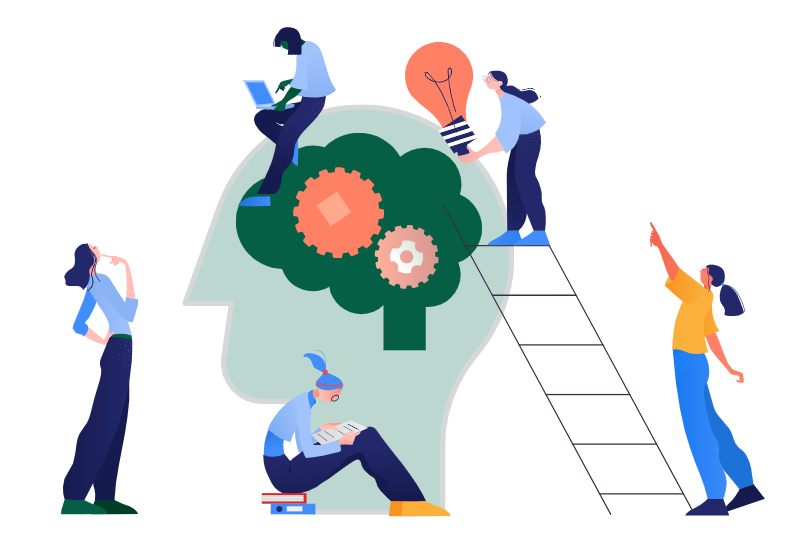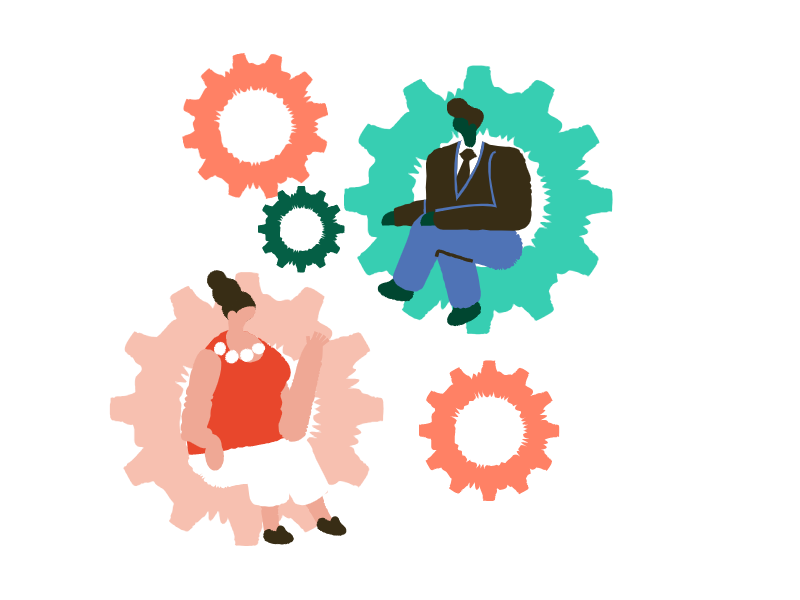Incorporating 17SDGs as part of your plan of action in the business model opens you to more opportunities to create value and impact for the people and planet. These structured 10 steps exercises will assist you in evaluating your business model and incorporate 17SDGs in it.
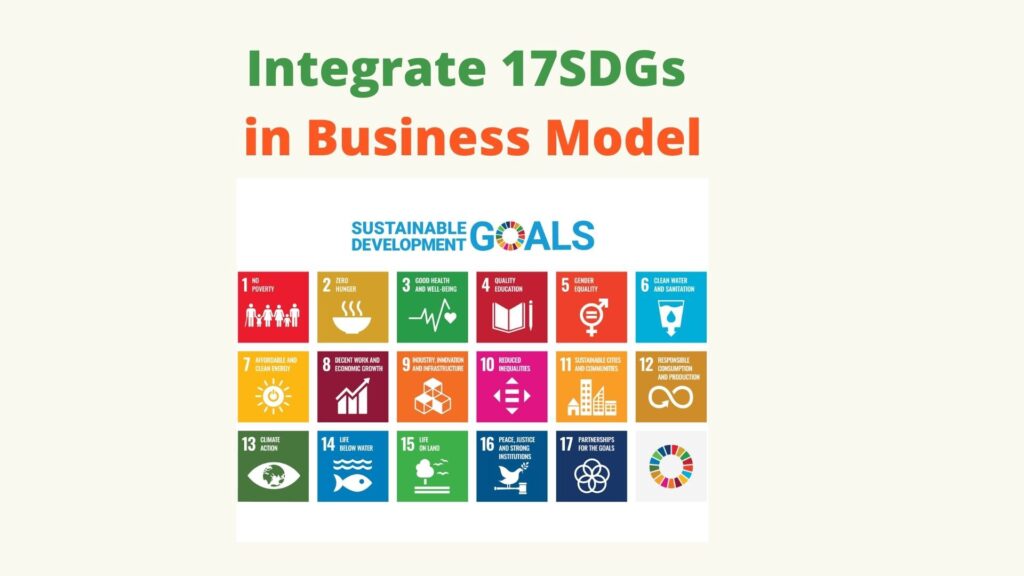
The 17 SDGs are regarded as the world’s best plan to end poverty, reduce inequalities, and tackle climate change. So the business you set out into should strategically focus on the people and the planet blended with the SDGs. By following the structured 10 straightforward steps you will be able to incorporate 17SDGs in your business model.
Relevant article: The global progress status of SDGs and a few ideas on how to accelerate the pace
Incorporating 17 SDGs in your business model won’t just full fill your obligation as a global citizen yet in addition it would open up new opportunities for your business and attract impact investment.
Times are gone when business is tied with boosting the wealth for the shareholders and investors. Now it’s all about maximizing impact and profit into an undeniable result in that venture.
The elaboration of 17SDGs was intentionally quite generic with explicit 169 targets altogether. The essential principle behind the SDGs is regarded as “no one is left behind”. I believe based on this principle each business should look at its strategic relevance with respect to the 17 SDGs in two ways:
1) Direct relevance:
A business model is about maximizing values by bringing a solution(s) that settles the problem(s) for the individuals. At the point when you establish the quick association of the solution that your business model is offering with any of the 17SDGs, that’s where you will find the strategic direct relevance between your business model and the 17 SDGs.
2) Indirect relevance:
Each business works within an ecosystem. Let’s consider as an example that you have a business that is operating in the legal domain of the business ecosystem. Your clients, the value providers, the shareholders, the investors, the developers, etc are all part of that ecosystem.
Your business solution is not just addressing the upstream of the ecosystem i.e your target customers. Additionally, your business is addressing the downstream of the ecosystem at the same time to a great extent.
To simply put, the value you are offering through your business isn’t just for the clients. You are creating income generating opportunities by creating tremendous values across the value chain. So your direct business solution creates many values across the value chain. That’s where you are touching the 17 SDGs with indirect relevance, in addition to providing the solution to the problems of your target group.
I would also like to emphasize an additional point here while you are conducting such a SDGs incorporation exercise.
Traditionally the business world tends to focus only on the product or service they are offering to the clients as the key component of the value creation model for the business.
Someway or another many entrepreneurs or professionals miss out on the fact that the values they are creating through the business are also relevant for the people in the ecosystem as much as the value is relevant for the target clients.
I believe business is all about people. You do numerous things in the business, eventually, you deal with real human beings. And you create the values for them, be it clients, be it employees, be it suppliers. With the correct attitude and broader viewpoint, you can understand how many peoples’ lives are being affected as a result of your business solution.
Do the internal exercise following the 10 steps plan:
Step 1: Prepare the Business Model Canvas (improvised version) for the business that you are driving. You can take the help of the online instruction with an example case of the “Business Model Canvas: How to Turn Ideas into Business” by clicking here. Here you will figure out how to utilize the tool to define or document the business model by mapping out the value chain.
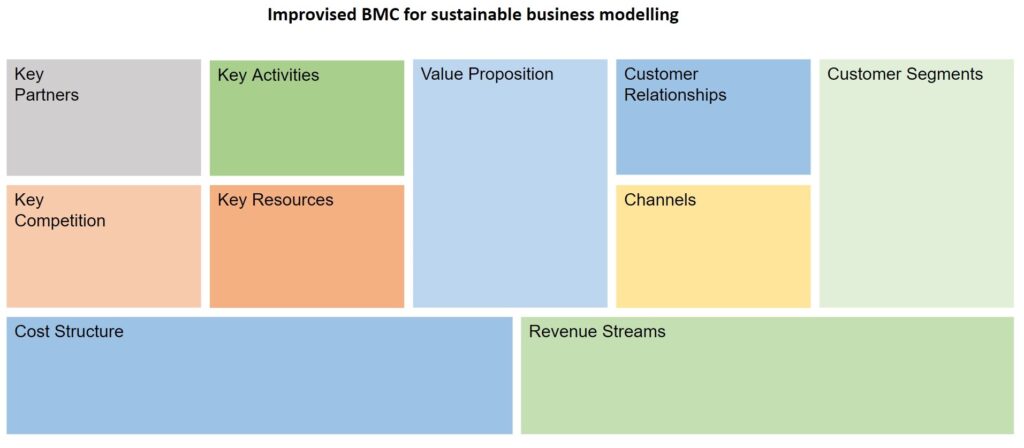
Step 2: Prepare the value proposition canvas from two perspectives:
Perspective 1: Customer-centered approach where you provide the solution for the defined problem and generate revenue in return.
Perspective 2: Ecosystem-focused where people in the value chain are getting values in light of the solutions your business is offering.
Step 3: Outline the more extensive standpoint of the people led touchpoints of the industry ecosystem where your business is operating. To streamline further, simply set up the list of the touchpoints where people (as beneficiaries) and their lives are being affected by your business, both directly and indirectly.
To help you in the value chain mapping exercise, I have added the example case of Coffee value chain mapping.
Example case: Check out the infographic which represents the coffee value chain, the industry ecosystem “From Bean to Brew: The Coffee Supply Chain”.

Step 4: Make a framework of the ecosystem of your business domain which is operating inside the bigger industry ecosystem. For instance, your business could operate in any steps of the defined value chain as explained in the above infographic.
Step 5: Create a value chain mapping of your business operations from the earlier output. A value chain is the core activity that your organization performs for making its competitive edge. This includes primary activities of your business as well as support activities. Your task here is to map out the value chain and determine the touchpoints. You can use Porter’s value chain model to conduct the value chain mapping.

Step 6: Prepare a document that helps you specify the followings:
a) Of that defined ecosystem, who are getting the immediate values from your business and relieving their pains.
b) Identify the individuals who are in effect being positive (as well as negatively!) affected because of the business solution your business is offering.
Step 7: Check out the 17SDGs and 169 targets precisely and mark the relevant ones in different color codes. Then use the following SDG mapping tool and place the marked SDGs according to the four defined boxes. Make sure to consider both the primary business front end actors as well as the support actors in the value chain.

a) Directly relevant SDGs: In the green marked box you put the SDGs which are straightforwardly applicable and affecting individuals and the planet on account of your business.
b) Indirectly relevant SDGs: In the orange marked box you put the SDGs which are indirectly relevant and indirectly impacting the people and the planet because of your business.
c) SDGs relevant by tweaking the business model: You will find that there may be a few critical other SDGs that could be relevant or interchanged between direct & indirect relevance if the business model is tweaked a little bit.
In this yellow box, you put those SDGs which you could consider either direct or indirect relevance by tweaking your business model a bit. This is a very important step that can leverage further opportunities.
d) Nonrelevant SDGs: In the red boxed put all the SDGs which you have discovered having no relevance with your business.
Step 8: Combine the result of this exercise with your core business model. In this step, you will get the SDGs mapped in combination with your business model.
Step 9: Once the SDGs mapping is done, quantify them to assess the impact. In the most ideal situation, you will have a positive effect which you should exploit further to strengthen your business model.
If there should arise an occurrence of negative effect, you need to relook into the business model and sort out some way to eradicate (or limit) the negative impacts.
Step 10: This is the step when you need to consider the exercise until step 9. In this step, you are to choose and conclude about settling the SDGs that your business is impacting having direct and indirect relevance. Then start to embed those in the business model and (re) formulate your strategy and make the communication plan accordingly.
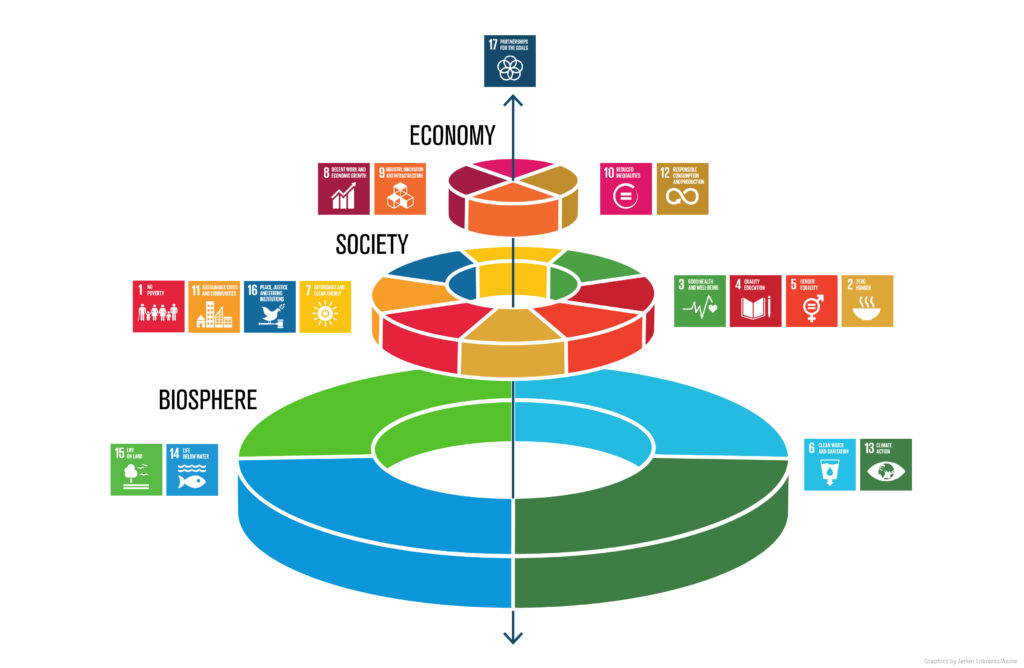
The distinction between success and failure in business has always been the people in each of the steps. Be it the team, employees, customers, consumers, markets, or be it partners management in the whole ecosystem where your business operates.
If you are to be successful in business, you are to be effective in creating value for the people via your business model by essentially impacting the 17SDGs.


